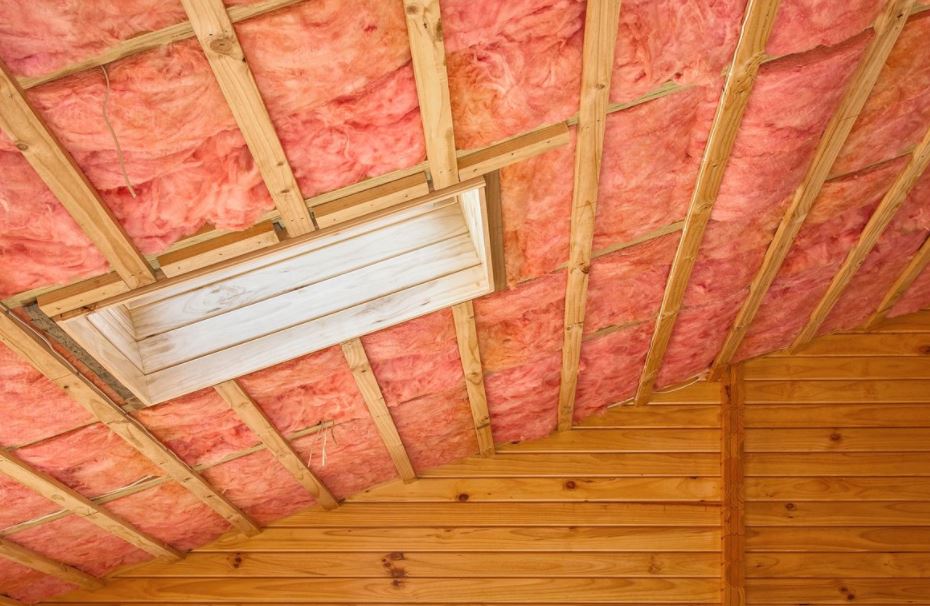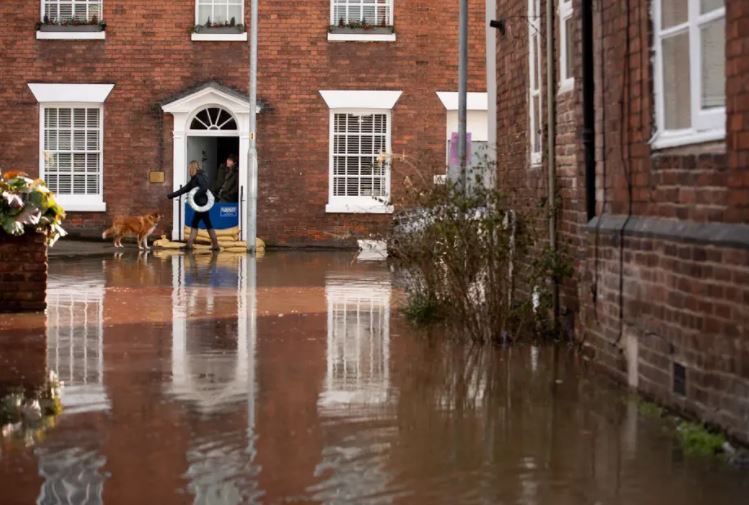The past decade was the hottest in human history. In light of the recent UN ‘Code Red’ climate report and increased frequency of rare weather events, the building and construction industry has a lot to contend with. Careful consideration of likely future scenarios, as well as environmental changes that’ll have a direct impact on a building’s ability to function, means future-proofing for climate change is now a must.
Whilst planning for the future is not a new phenomena, this assessment process should be a continuous, ongoing exercise that involves the client, suppliers, contractors and end users. Without considering all of the likely challenges ahead, as well as ruling out those which don’t seem realistic, buildings are at risk of quickly becoming outdated and ineffective, costing time and money.
Whilst some decisions are legislative, such as restrictions to build on floodplains or areas susceptible to landslides, many of the choices still lie with the architects and construction companies. For example, despite record temperatures being recorded every year in the UK, a recent report found that just 0.5% of houses and flats in the UK had any kind of air con, and most houses being built today do not have any cooling systems planned. This is in stark contrast to the US, where nearly 100 million homes have air conditioning and are structurally designed to stay cool.
Although usually a country of temperate weather, it’s clear that in the next 20 to 50 years, remaining cool during heat waves in the UK will be a prerequisite for homes, shops, schools and offices. Building structures to only keep the heat in is expected to no longer be the norm.
And it’s not just the warmer weather that poses a risk. Climate change means unpredictability, and despite seeing soaring temperatures reach new heights over the last decade, extreme cold spells are also becoming more common. Adapting to cold climates requires capturing heat and minimising heat loss, whilst allowing buildings to breathe. Smart insulations in roofs, walls, ceilings, and double-glazed windows can lead to better overall energy efficiency whilst delivering the heat retention required. Smart room layouts and use of new materials can aid this function further.
Flooding is also a major consideration, not just for the locations of future buildings but also ensuring that they can be protected when they are built. Scientists expect more extreme rainfall in the years to come, and in a country with as many rivers as the UK, action must be taken.
According to new research commissioned for the Environment Agency’s Flood Action Campaign, only 12% of people are aware whether or not they live in a flood risk area, which means that millions of Brits risk being caught out by floods every year. Whereas before the immediate risk of flooding was obvious if there was water nearby, flash floods and unprecedented rain storms mean that increasingly, more of us are at risk than ever, regardless of the location we find ourselves in.
There are a number of simple steps that our industry can take, and thankfully, new technologies are being developed. As the risk of climate change has become more widely understood over the past few years, the sector has seen the emergence of specialist consultants and suppliers who are able to recommend the latest, most adaptable technology and materials to aid the lifespan of buildings.
Flood water in most cases will result in displaced foundation walls, collapsed structures and floating fuel tanks. To prevent these damages, flood resistant materials must be durable and resistant to excessive humidity, such as new flood resistant concrete, glazed brick, closed-cell and foam insulation and steel hardware.
To protect buildings against excessive heat waves and extreme cold, tools such as sensors that allow a fine monitoring of thermal conditions mean that aside from the architectural steps that can be taken, such as creating shade using external building design or warmth by internal room layout, the technology exists to future-proof buildings already constructed, as well as those yet to be built. These tools and materials are increasingly readily available and are becoming the go-to supplies for construction companies across the UK.
As an industry, like so many we find ourselves at a turning point. The construction run-of-the-mill blueprints for how to build and what to use are no longer fit for purpose. Now is the time to be learning about the solutions that are emerging and those already available, and using them to equip our sector with the right building blocks to future-proof buildings for years to come.



